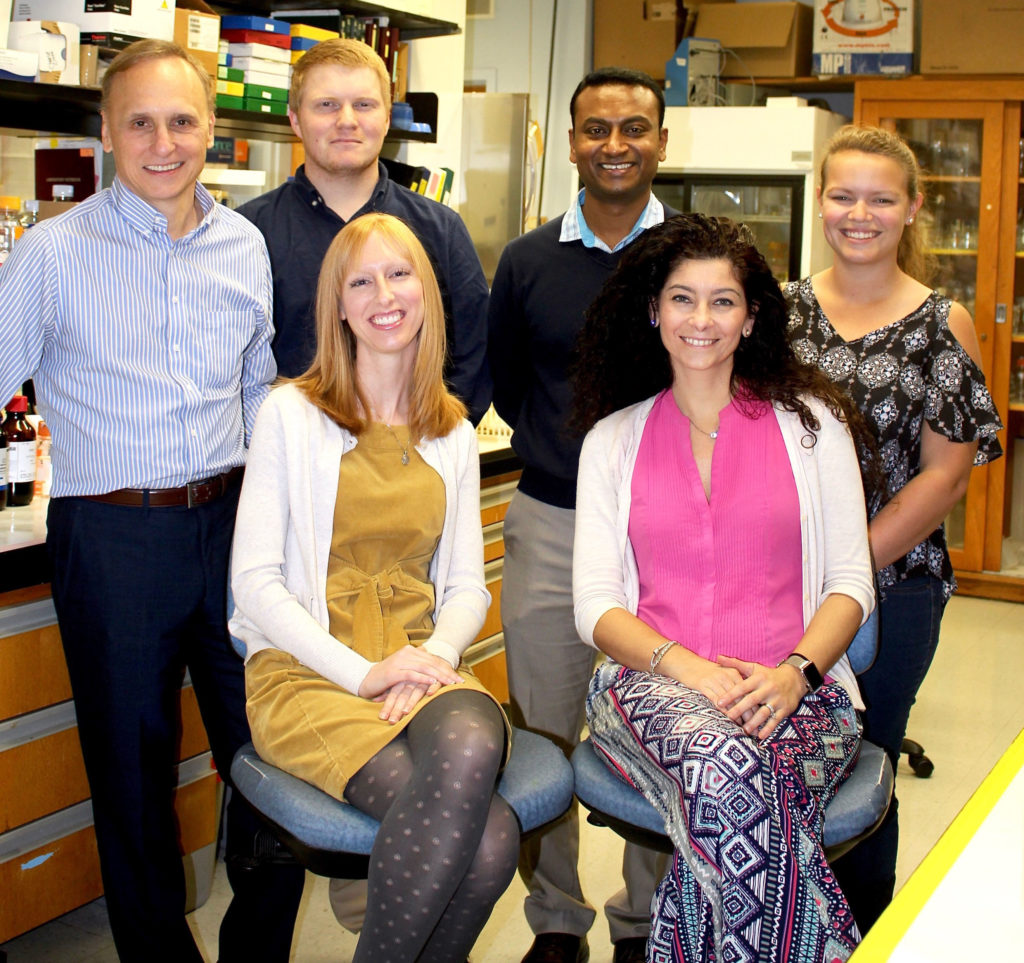Manuela Corti, assistant professor in the department of pediatrics at the University of Florida in Gainesville, was awarded an MDA research grant totaling $298,954 over three years to study gene therapy in Friedreich’s ataxia (FA).
FA is caused by gene defects that result in insufficient levels of the frataxin protein in cells. With colleagues, Corti will work to establish a high-impact treatment for FA that involves delivering fully functioning frataxin genes to cells in the heart and nervous system.
The team will determine the best route of delivery for the frataxin gene, and test the safety of repeated delivery of the gene in combination with medications that will prevent immune-system reactions against the frataxin protein.
If successful, the work will help optimize gene therapy approaches to treat FA.
Please describe your current research in FA.
Our objective is to develop a treatment strategy for FA, one of the most common forms of ataxia. Specifically, our research plan focuses on the correction of both the cardiac and neurological degeneration found in the disease. These changes are due to harmful changes in the frataxin gene.
Currently, the only treatments available are designed to lessen symptoms and do not address the fundamental cause of FA, which is reduced levels of frataxin protein. Therefore, the primary objective of this program is to establish a high-impact treatment for FA by correcting the levels of frataxin protein, using a vehicle to carry a fully functioning frataxin gene into cells in the heart and nervous system.
This work will specifically answer important mechanistic questions in a new FA mouse model, which has many of the symptoms of the human patients. First, we will identify the best route of delivery for the frataxin gene in the nervous system by comparing three different strategies for injecting the vector (delivery vehicle). Second, we will test the safety of repeated delivery of the frataxin gene vector in combination with medications that will prevent reactions against the frataxin protein and the vector components. Completion of this project will be an important milestone in the development of a treatment strategy that will dramatically improve quality of life for FA patients.
What inspired you to study FA?
This research was inspired by a local family affected by the devastating consequences of Friedreich’s ataxia. The family approached our team when they learned about our gene therapy efforts for other neuromuscular diseases. I was inspired by their commitment to fight for a cure in Friedreich’s ataxia.
What is your focus within the FA disease field and why is it important?
The focus of this research is to correct frataxin protein deficiency in the heart and central nervous system (CNS) by delivering human frataxin genes into the cells of mouse models of FA.
There is currently no effective treatment for FA. The only treatments available are targeted to address the symptoms and secondary complications. Gene therapy is a promising strategy for augmenting frataxin expression.
How will your research lead to treatments and cures?
Results of these studies will influence the study design of an upcoming gene therapy trial for the treatment of Friedreich’s ataxia.
What do you feel people impacted by FA can have the most hope about with respect to research right now?
The hope for Friedreich’s ataxia patients is to have a gene therapy clinical trial in the near future to treat their neurological and cardiac symptoms.
Does your work have any potential implications for other disease fields?
This work has an important implication for other neuromuscular diseases involving the CNS, since it will inform scientists about the best routes of gene therapy delivery to target tissues in the CNS.
To learn more about how MDA research is accelerating treatments and cures for FA, please visit mda.org.

